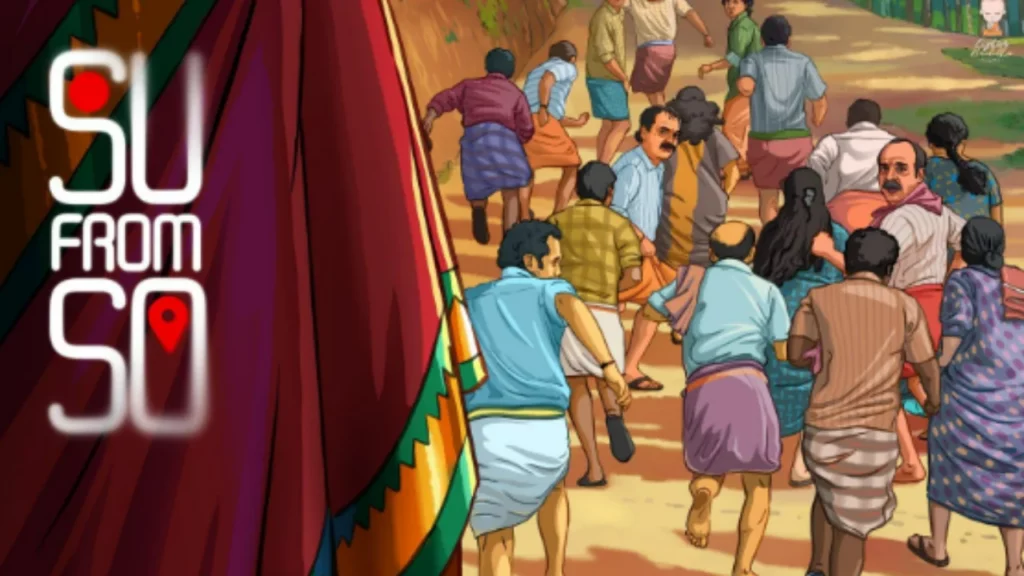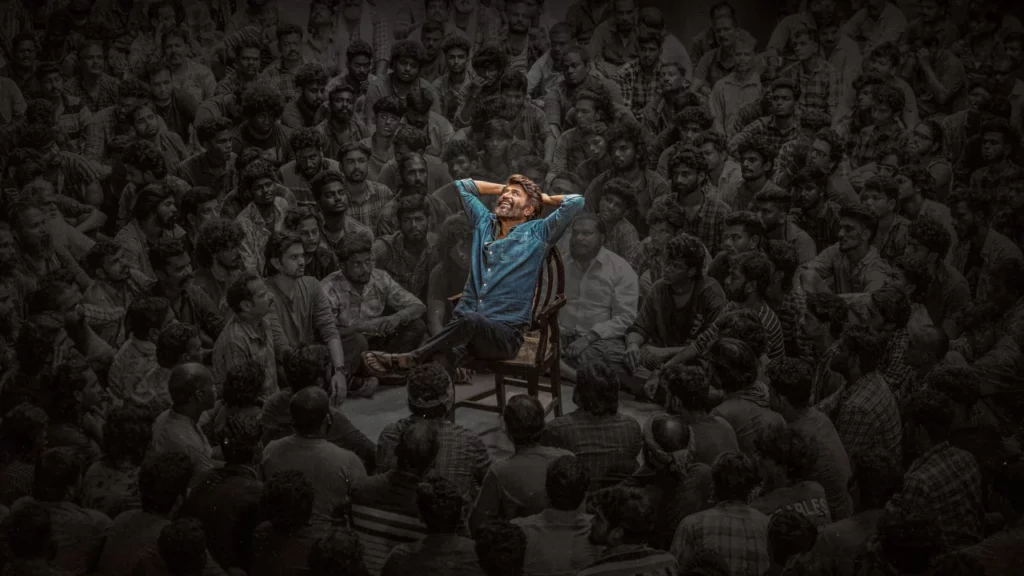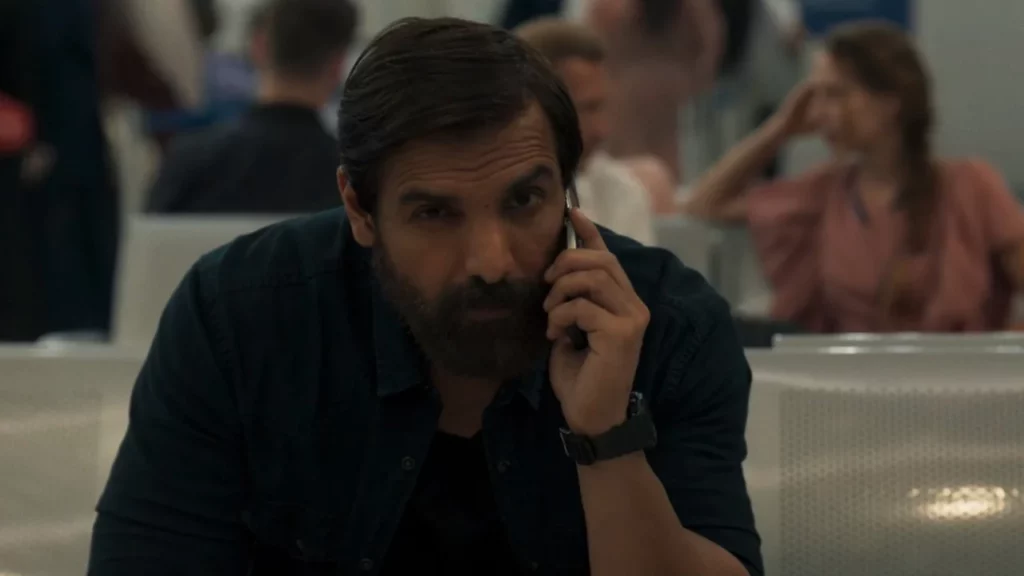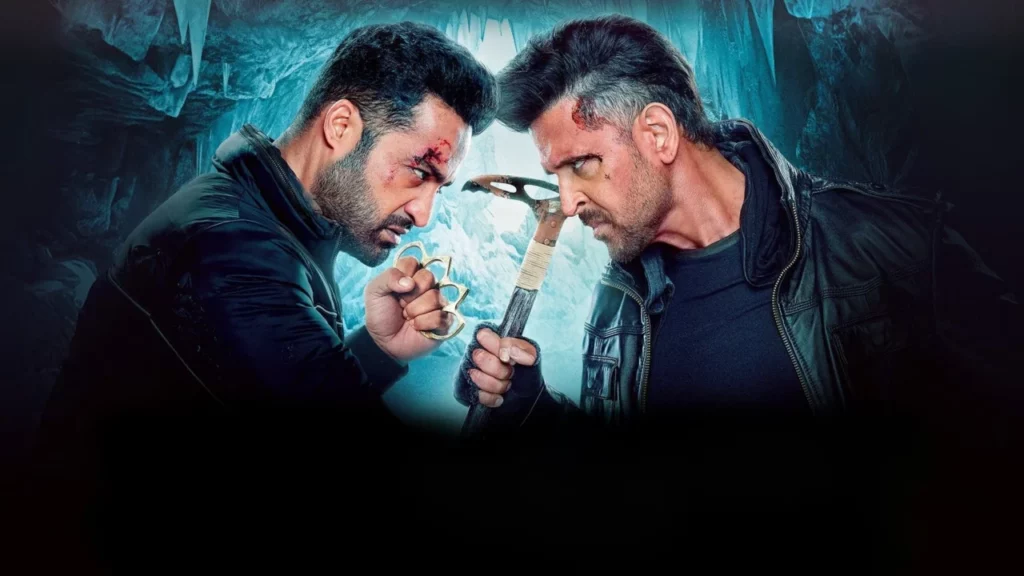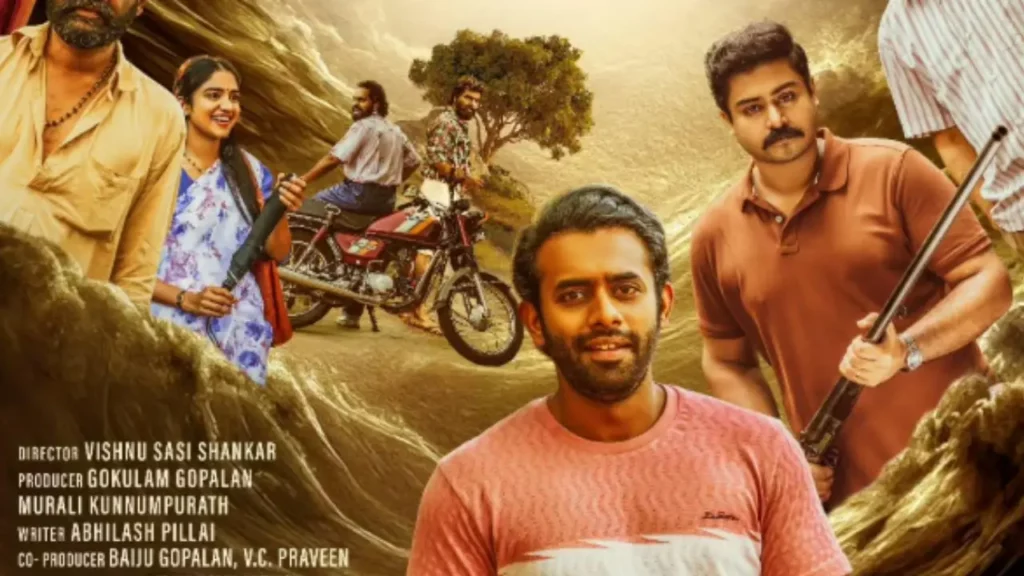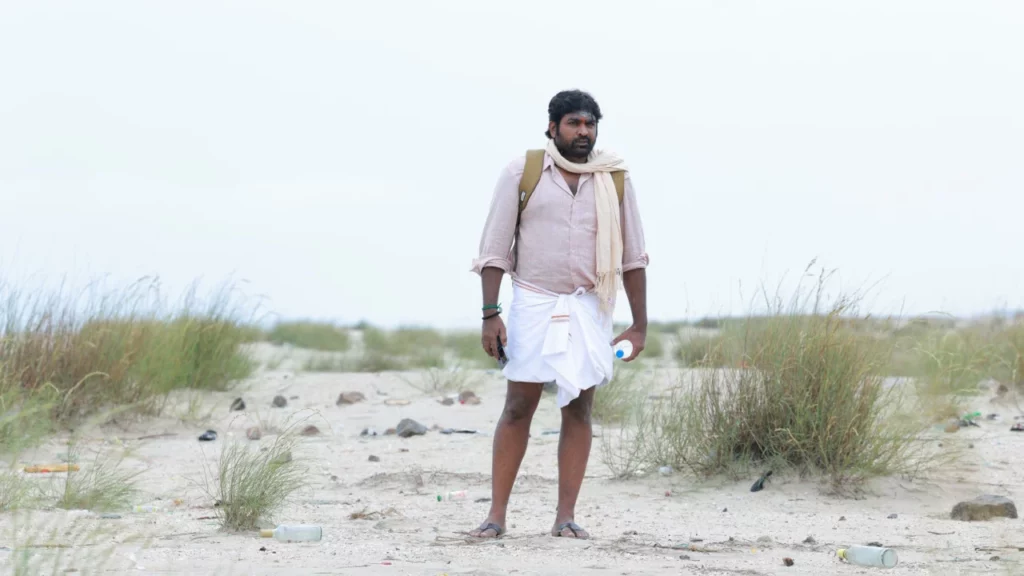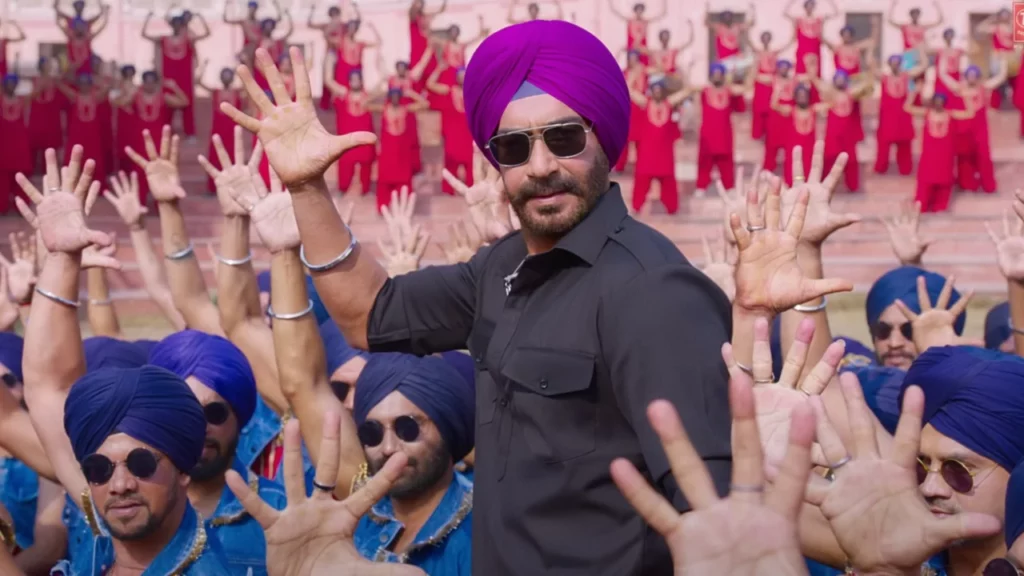
How to Train Your Dragon (2025) Movie ft. Dean, Gerard and Nico
The beloved animated world of Berk has soared into live-action with Universal Pictures’ adaptation of How to Train Your Dragon, hitting theaters on June 13, 2025. This ambitious remake brings the cherished 2010 DreamWorks Animation classic to life under the direction of Dean DeBlois, who previously helmed all three animated films in the franchise.
Plot and Storyline
The 2025 adaptation follows the same beloved storyline that captured hearts worldwide in 2010. Set on the rugged Viking island of Berk, the film chronicles the journey of Hiccup Horrendous Haddock III, a young Viking who defies centuries-old tradition by befriending Toothless, a feared Night Fury dragon.
What sets this version apart is DeBlois’s commitment to expanding character development and mythology. The film runs 27 minutes longer than its animated predecessor, incorporating additional scenes that provide deeper backstory for Astrid and extended sequences showcasing the bond between Hiccup and Toothless.
Cast Performances
Mason Thames, known for his compelling performance in The Black Phone, takes on the challenging role of Hiccup. While Thames brings his own interpretation to the character, he faces the difficult task of matching Jay Baruchel’s distinctive vocal performance from the animated films.
Nico Parker delivers what many consider the standout performance of the film as Astrid. The BAFTA-nominated actress brings confidence and authenticity to the fierce Viking warrior. Critics consistently highlight Parker’s ability to capture Astrid’s determination while adding her own unique interpretation to the character.
Gerard Butler’s return as Stoick the Vast provides continuity between the animated and live-action versions. Having voiced the character throughout the animated trilogy, Butler seamlessly transitions to the live-action format with his characteristic intensity and emotional depth.
Direction and Visual Effects
Dean DeBlois’s direction represents both the film’s greatest strength and its most significant challenge. As the creative force behind the entire animated trilogy, DeBlois brings unparalleled understanding of these characters and their world.
The visual effects work, led by Framestore, represents a significant achievement in modern filmmaking. Toothless, in particular, has been praised for his realistic yet endearing appearance, maintaining the character’s cat-like personality while achieving photorealistic detail.

Music and Sound Design
One of the film’s most universally praised elements is John Powell’s return as composer. Having created the memorable scores for all three animated films, Powell brings the same emotional depth and soaring melodies to the live-action adaptation.
Critics consistently highlight the music as elevating every scene, with many noting that the score alone justifies the film’s existence. The familiar themes return with enhanced orchestration suited to the film’s expanded scope.
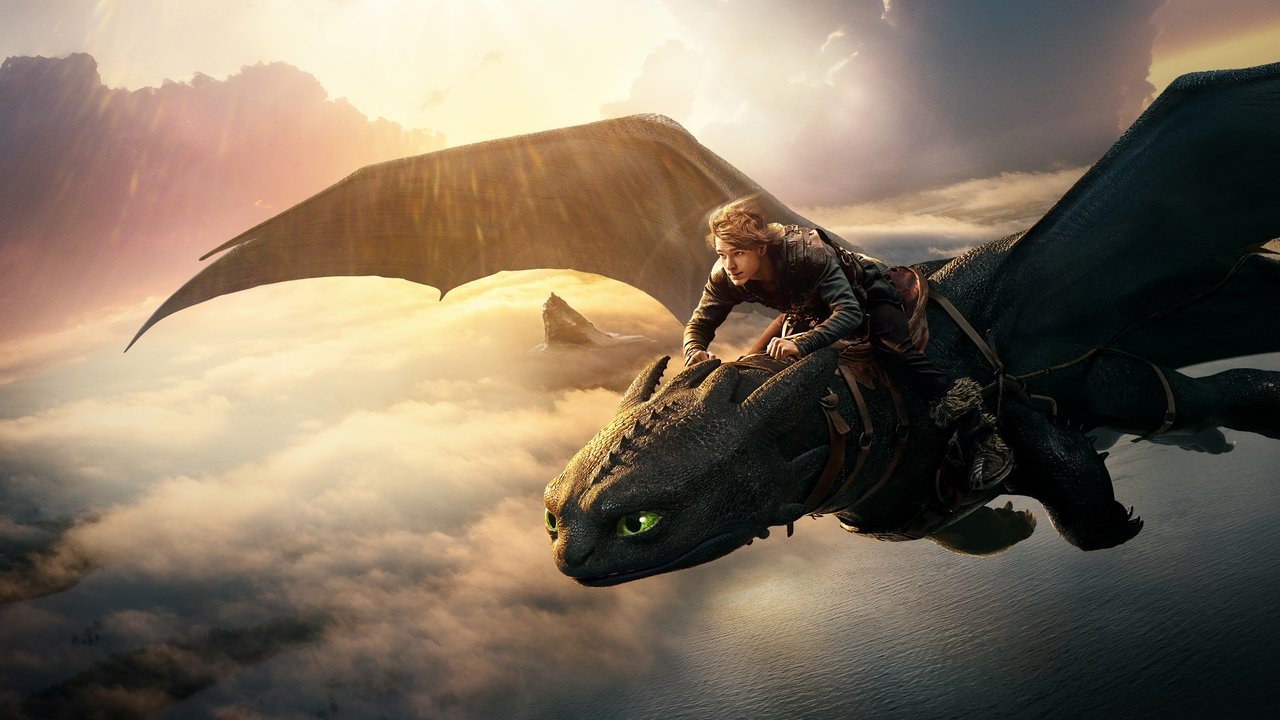
Critical Reception and Ratings
The film has received generally positive reviews from critics, earning a 77% rating on Rotten Tomatoes based on 168 reviews. On Metacritic, the film holds a 60% score based on 41 reviews, indicating mixed or average reviews.
Professional critics have praised the film’s technical achievements and emotional sincerity while questioning the necessity of remaking such a recent and beloved animated film. Critics consistently praise the relationship between Hiccup and Toothless, the visual effects work, and Powell’s score.

Audience Response
Audience reception has been notably more enthusiastic than critical response, with many viewers praising the film’s emotional impact and visual spectacle. IMDB users have given the film an 8.1/10 rating, with many reviews highlighting the successful translation of beloved characters to live-action.
International audiences have responded particularly well, with the film earning a 99% audience score on Korean review site CGV Egg. Viewers frequently mention the emotional impact of seeing Toothless brought to life, describing the experience as breathtaking and magical.
Box Office Performance
Early box office projections suggested the film would earn between $65-80 million in its domestic opening weekend. The latest reports indicate the film is performing at the higher end of expectations, with Deadline reporting an opening weekend of $82 million or higher, making it the best franchise opening in the series’ history.
International performance has been equally strong, with the film earning $4 million in its South Korean opening weekend and topping the box office chart. Industry analysts predict the film could reach $1 billion worldwide if it maintains its current trajectory.
What Works
The film succeeds most notably in capturing the emotional heart of the original story. The relationship between Hiccup and Toothless provides the emotional anchor that makes the entire film work. Critics and audiences consistently praise the authenticity of this central bond.
John Powell’s score elevates every moment, providing continuity with the beloved animated trilogy while enhancing the live-action format’s expanded emotional range. The film’s technical achievements, particularly in visual effects and production design, create a believable world that honors the animated original.
Areas for Improvement
The most common criticism centers on the film’s extended runtime and the question of artistic necessity. At 2 hours and 5 minutes, the film runs 27 minutes longer than the original, creating pacing issues that make familiar story beats feel less fluid than their animated counterparts.
Several critics question the artistic justification for remaking a relatively recent and universally beloved animated film. While the technical achievements are impressive, some reviews suggest that the film doesn’t offer enough new perspective beyond commercial considerations.
My Perspective on the Film
Having watched this live-action adaptation, I found myself torn between admiration for its technical prowess and questions about its necessity. The film works best when it focuses on the central relationship between Hiccup and Toothless – these moments feel genuinely magical and justify the entire enterprise.
I was particularly impressed by Nico Parker’s performance as Astrid, which brings fresh energy to a familiar character. Her confident portrayal suggests she understands both the character’s warrior spirit and her role in Hiccup’s journey. Gerard Butler’s physical presence as Stoick feels perfectly suited to live-action, bringing weight and authority that enhances the father-son dynamic.
The visual effects work on Toothless deserves special recognition. The dragon maintains his personality while achieving remarkable realism – I found myself forgetting I was watching CGI during their quiet moments together. The flight sequences, particularly the recreation of the Test Drive scene, genuinely took my breath away.
However, I couldn’t shake the feeling that the extended runtime works against the story’s natural flow. Some scenes felt stretched beyond their emotional impact, and I found myself wishing for the animated version’s more efficient storytelling in certain moments.
Final Verdict
How to Train Your Dragon (2025) succeeds as both a technical achievement and an emotional experience, even as it grapples with questions about the necessity of its existence. Dean DeBlois has created a film that honors the beloved animated original while demonstrating the possibilities of modern live-action filmmaking.
While the film may not surpass its animated predecessor in every aspect, it offers a different kind of magic suited to a new generation of viewers while providing nostalgic satisfaction for longtime fans. The strong box office performance and enthusiastic audience response suggest significant appetite for stories about friendship overcoming fear and prejudice.
For families seeking quality entertainment and fans of the original trilogy, this live-action adaptation provides an engaging return to the world of Berk. Despite its familiar narrative path, the film succeeds in capturing the emotional core that made audiences fall in love with these characters fifteen years ago.

